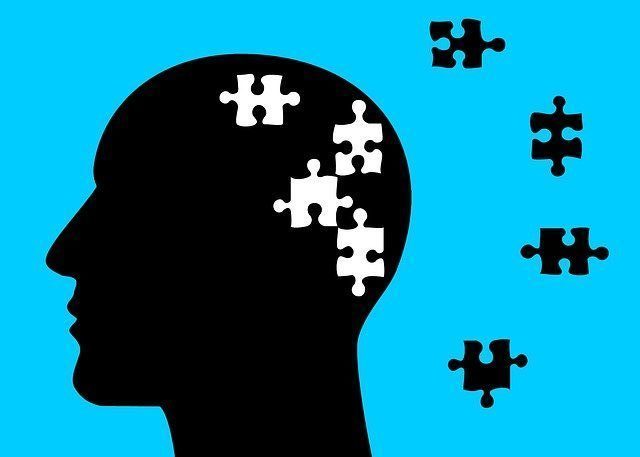Authoritative Parenting Style: An Approach Towards Positive Reinforcement

Authoritative parenting style is a type of parenting style that is based on high responsiveness and reasonable demands. It goes hand-in-hand; if the parents keep expectations from their children then they also provide support and resources for their success.
A parent who follows an Authoritative parenting style has good listening skills and provides warmth and love along with fair discipline to the children. This parenting style is based on positive reinforcements and absolutely a must-try for all parents who are looking forward to their children’s growth in a positive way. This blog covers an overview of the Authoritative parenting style. So, let’s get started.
At a glance, Authoritative Parenting Style helps in:
- Expressing nurturance and warmth
- Administering fair discipline skills
- Encouraging independence
Characteristics of Authoritative Parenting Style

Some common characteristics and traits of Authoritative Parenting Style are:
- Being a good listener
- Allowing children to express their emotions, feelings, and opinions
- Management of fair discipline
- Expressing nurture and warmth
- More discussions, fewer arguments
- Fostering reasoning and freedom
- Keeping expectations in a positive way
- Providing resources for their success and growth
- Placing limits and rules for mismanagement.
- Consequences for defaulters
Related Read: Team Parenting: Raise your kids the calm way
If you will look properly at the above-mentioned characteristics properly, you will see that expectations are high but they are also flexible according to the needs of children. If someone breaks the rules, he/she might have to face consequences but in a positive way. And, most importantly, good listening skills are the major and strong tool designed for an Authoritative Parenting Style.
Parents who follow this style know how to adjust and apply their positive reinforcement depending on the situation. They know how to adapt to a situation according to their children’s needs and all other related factors. Also, the most important part is the flexible and fair application of discipline as per the child’s behavior.
Difference between Authoritative and Authoritarian Styles
People might get confused between these two as authoritarian style is also accompanied by high expectations and complete guidance. Let’s read the difference between authoritative and authoritarian parenting styles:
Authoritative Parents
- A fair punishment is applied according to the nature of the transgression whenever something bad happens.
- Through good listening skills and teaching skills, good skills are taught.
- Parenting and supportive and encouraging with the help of positive reinforcements.
Authoritarian Parents
- Yelling is mostly seen in this type of parenting.
- Sometimes, beating is also seen.
- Ordering rather than discussing is seen.
Consecutively, you will see that an authoritative parenting style is more helpful for keeping children disciplined along with full guidance and support. Meanwhile, there is no support for children with an authoritarian parenting style along with no guidance and real-time feedback.
Effects of Authoritative Parenting Style

To date, it is the best approach for parenting. Effects of Authoritative parenting style are:
- Increased self-confidence in children
- Abilities to learn new things
- Development of good social skills
- Maintained emotional regulation and control
- Happy dispositions
Why is Authoritative Parenting Style Effective?
The authoritative parenting style is effective because parents are acting as role models and they keep expectations from their children in a positive way. Due to this, children are raised in a positive way wherein they are internalizing their behaviors and exhibiting discipline on the other hand. Fair discipline and expectations allow kids to reach their goals with strength, warmth, and nurture. It is also based on providing full support and guidance to the children.
Parents who follow the Authoritative parenting style exhibit good emotional control and understanding. This enables children to manage their feelings and emotions. It also makes them learn how to understand others. Moreover, it is based on freedom and independence with rules and consequences which I think is the best part about the Authoritative parenting style. If a kid is capable of reaching goals on his/her own, it helps in increasing self-confidence. If a kid is not able to reach goals on his/her own, they might be helped with full guidance and support until and unless they reach the success point.
Parents can easily adapt this style by bringing some positive changes into themselves and by adopting positive reinforcement in their parenting style.
Just always remember, you have to be mindful of your actions and look at every situation positively so that your children can also learn the same from you.
I hope this blog helps you to understand the authoritative parenting style. Comment down your queries related to the authoritative parenting style. For more such content, follow Calm Sage on all social media platforms.
Thanks for reading.



